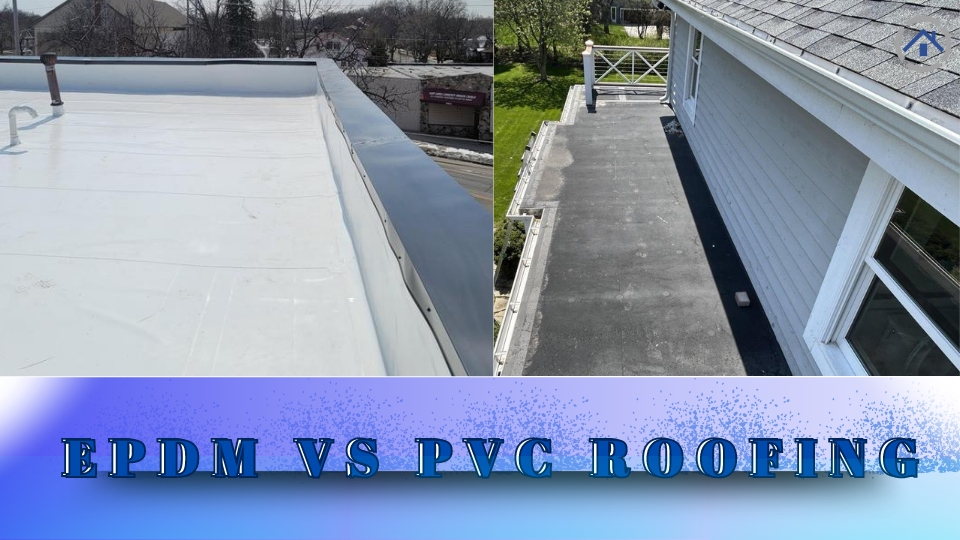
Introduction
When it comes to flat roofing, choosing a suitable material is crucial for long-lasting performance and durability. This blog post will compare two popular flat roofing solutions, EPDM VS PVC: Mule-Hide EPDM and Durolast PVC. Understanding the advantages and characteristics of each material will help you make an informed decision for your roofing needs.
EPDM, short for Ethylene Propylene Diene Monomer, is a synthetic rubber derived from ethylene and propylene. It is created by grafting a non-conjugated diene onto the main chain, resulting in a terpolymer with crosslinks between interchains. EPDM is produced in various viscosities and with different ethylene/propylene ratios. A higher ethylene content leads to greater green strength but poorer low-temperature properties. The ease of vulcanization depends on the type and amount of diene monomer units grafted onto the rubber. EPDM is widely recognized for its exceptional weather and ozone resistance. Raw gum elastomer manufacturers indicate that the upper continuous heat aging temperature typically ranges from 126°C to 150°C.
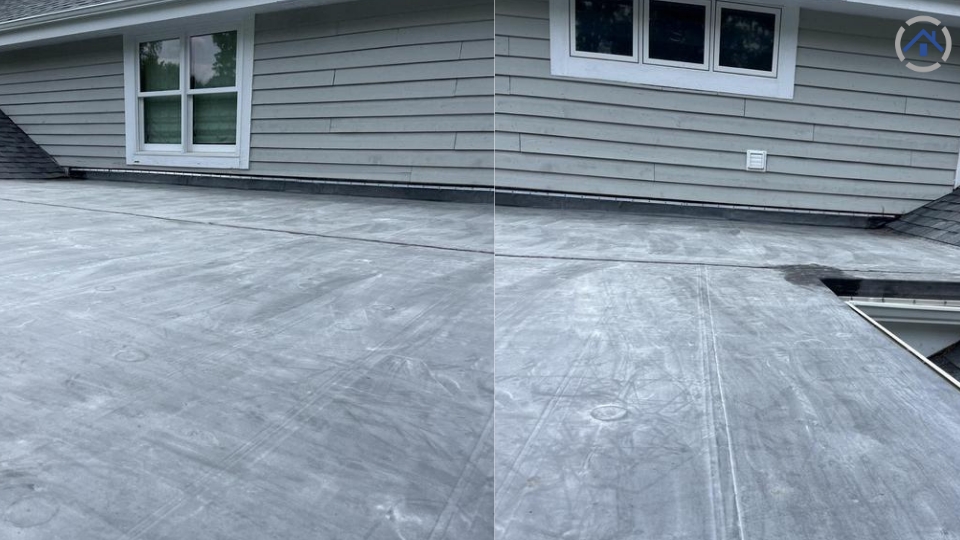
EPDM stands out from natural rubber and SBR (styrene butadiene rubber) due to its superior low-temperature flexibility, although it exhibits poor oil resistance. These distinct properties make EPDM widely utilized as roof membrane linings and extruded channels for windows. Additionally, EPDM is blended with natural rubber in tire sidewalls to minimize cracking caused by ozone attacks. Its remarkable electrical insulation property allows for its application in medium and high-voltage cable covers. Combining features such as resistance to water absorption, strong mechanical properties, and cost-effectiveness, EPDM finds use as pond liners. EPDM is favored for radiators, heater hoses, and weather strips in the automotive industry.
PVC, or Poly-Vinyl Chloride, is produced through the polymerization of vinyl chloride. The monomer vinyl chloride is derived from chlorine from salt water electrolysis and ethylene from naphtha. To achieve desired properties, various additives are incorporated during PVC processing, as it exhibits low thermal stability and high melt viscosity. As a thermoplastic, PVC can be tailored for a wide range of applications through appropriate formulations. It ranks as the second-largest commodity thermoplastic globally, following polyethylene (PE), owing to its exceptional properties, cost-effectiveness, and suitability for medium to long-term applications.
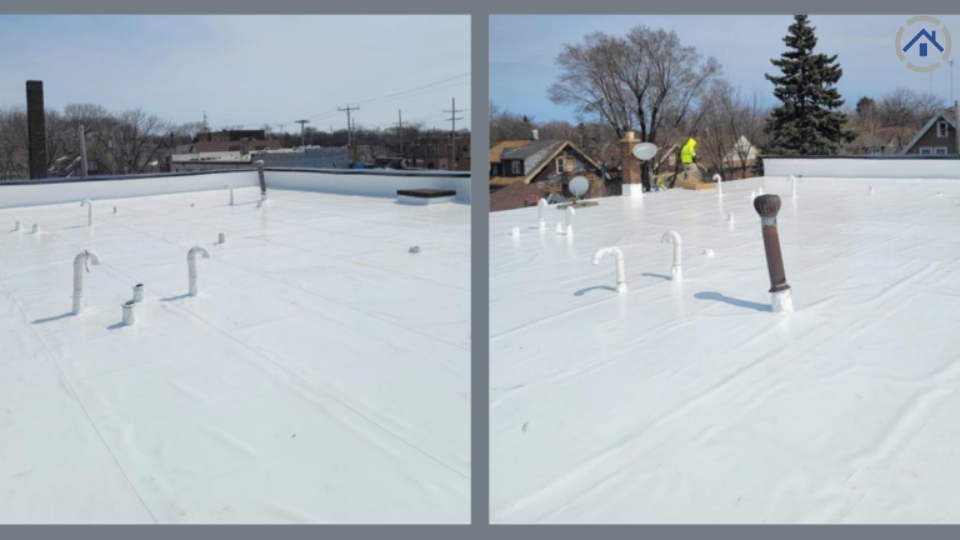
PVC's glass transition temperature (Tg) lies at approximately 80°C, and being mainly amorphous (90%), it lacks a specific melting point. Adding plasticizers makes PVC flexible, leading to the term PVC-C. On the other hand, a dry blend of PVC without plasticizers, known as PVC-U, is utilized for rigid applications like pipes and gutters.
PVC exhibits remarkable durability and can be customized to enhance its resistance to weather conditions. Its inertness and clarity enable its safe use in food contact and medical applications. Rigid PVC is non-flammable and possesses high impact strength, making it a reliable choice for numerous applications. Additionally, PVC shows resistance to chemicals, greases, and oils. However, compared to other thermoplastics, PVC has a higher specific gravity and a relatively lower continuous service temperature.
Despite its beneficial properties, some consumers are cautious about PVC usage due to health concerns related to monomer vinyl chloride, dioxins, phthalate plasticizers, lead, and cadmium. Nevertheless, PVC is extensively applied in doors, window frames, pipes, gutters, roofing membranes, telecommunication cables, wall plugs, dialysis tubing, surgical gloves, food packaging, and other products and industries.
Durolast PVC roofing is a high-performance solution known for its exceptional durability and long-lasting performance. It is composed of Poly-Vinyl Chloride (PVC), a versatile thermoplastic material that offers many beneficial features for roofing applications.
Durability
One of the key advantages of Durolast PVC roofing is its remarkable durability. The material is engineered to withstand the harshest weather conditions, making it ideal for residential and commercial roofing projects. Its robust construction ensures it can endure heavy rains, snow, and wind without compromising its integrity.
Performance
Durolast PVC roofing exhibits outstanding performance in various environments. It is resistant to damage caused by moisture, chemicals, and pollutants, ensuring its longevity and minimizing maintenance requirements. Its exceptional performance provides peace of mind for building owners and occupants alike.
Easy Installation
Durolast PVC roofing stands out for its ease of installation. The material is lightweight and flexible, allowing straightforward and efficient installation processes. Roofing professionals can complete projects quickly, reducing labor costs and potential disruptions.
UV and Weather Resistance
Durolast PVC roofing is engineered to be highly resistant to UV rays and extreme weather conditions. It can endure prolonged exposure to the sun without degradation, protecting the underlying structure from potential damage.
Mule-Hide EPDM roofing is a top choice for flat roofing applications thanks to its impressive flexibility and exceptional weather resistance. Ethylene Propylene Diene Monomer (EPDM), a synthetic rubber, forms the core of this roofing material.
Flexibility
Mule-Hide EPDM roofing is highly flexible, allowing it to adapt to structural movements and temperature fluctuations. This flexibility ensures that the roofing system can withstand changing weather conditions without developing cracks or leaks.
Longevity
EPDM roofing boasts an extended lifespan, making it a cost-effective choice for long-term roofing solutions. Its resistance to weather elements and environmental stresses contributes to its longevity and minimizes the need for frequent repairs or replacements.
Weather Resistance
Mule-Hide EPDM roofing demonstrates excellent weather resistance. It can withstand extreme temperature fluctuations, from cold to scorching heat, without compromising performance. Additionally, it effectively resists damage caused by hail and other environmental factors.
Hail Damage Resistance
The exceptional elasticity of EPDM roofing enables it to absorb the impact of hail, reducing the risk of surface damage. This hail-resistant property makes it attractive for regions prone to severe weather conditions.
Weather Resistance and Performance
Durolast PVC and Mule-Hide EPDM roofing systems offer impressive weather resistance and performance, making them suitable for various climates, including Wisconsin's diverse weather conditions.
Weather Resistance
Durolast PVC roofing is designed to withstand extreme weather conditions. Its PVC composition provides excellent resistance to moisture, preventing water infiltration and potential damage caused by rain and snow.

UV Protection
The material's formulation includes UV stabilizers, offering enhanced protection against the sun's harmful rays. This UV resistance prevents degradation and ensures the roofing system's longevity in sunny climates.
Performance in Wisconsin's Climate
Durolast PVC roofing has proven to be effective in Wisconsin's climate, where winters can be harsh and summers can be hot. Its resistance to temperature fluctuations, snow, and rain makes it a reliable choice for year-round protection.
Mule-Hide EPDM roofing excels in weather resistance, particularly against temperature fluctuations. Its superior flexibility allows it to adapt to temperature changes without developing cracks, ensuring long-term performance.
EPDM's inherent resistance to moisture makes it a dependable roofing solution for regions with heavy snow and rain. Its ability to withstand ponding water and prevent leaks contributes to its suitability for Wisconsin's climate.
Mule-Hide EPDM has established itself as a robust roofing material for Wisconsin's climate thanks to its exceptional resistance to temperature variations and precipitation. Its ability to endure challenging weather conditions ensures long-lasting protection for buildings in the region.
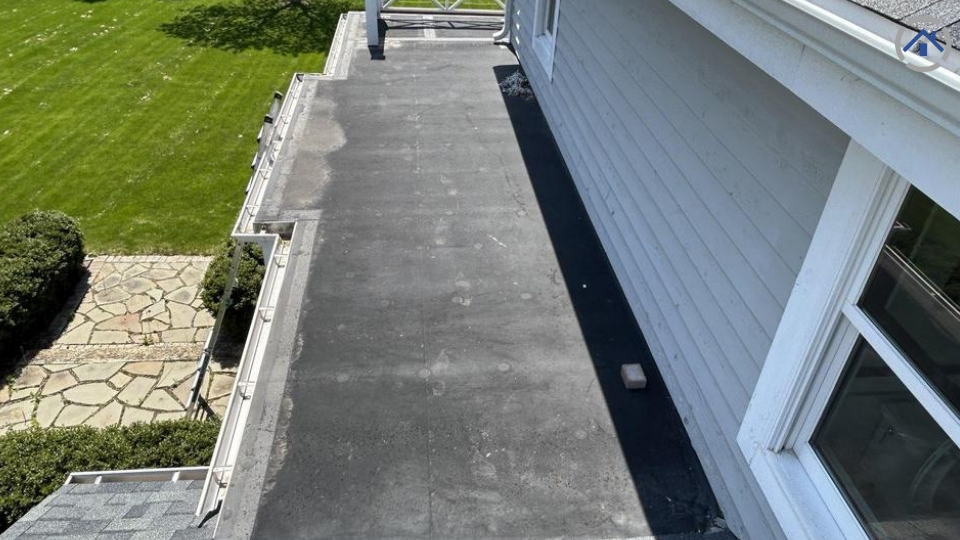
Installation Process
Durolast PVC roofing systems are typically installed using heat welding, which involves fusing seams to create a seamless, watertight finish. This process ensures uniformity and minimizes the risk of leaks.
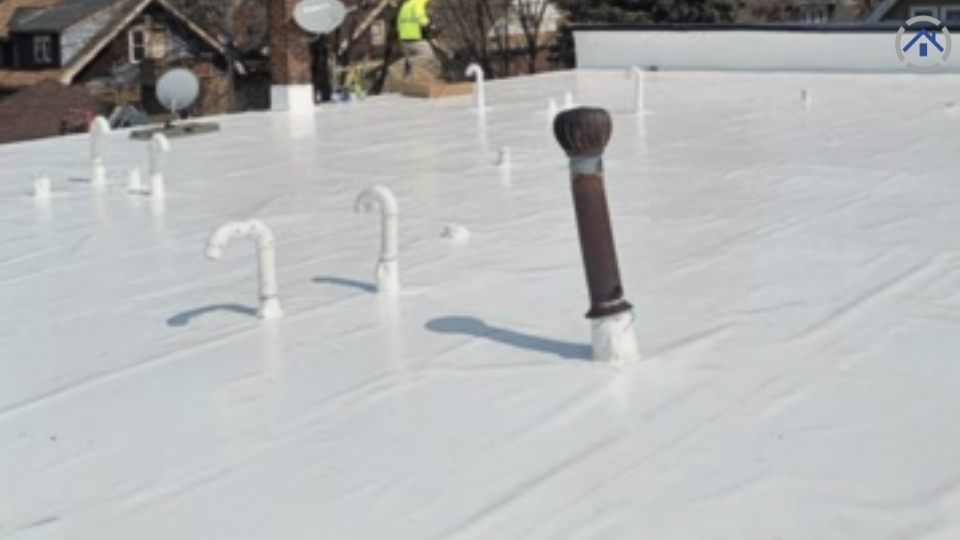
Considerations and Challenges
The heat welding installation method requires skilled professionals with experience in PVC roofing installation. Properly trained installers are essential to ensure the quality and effectiveness of the roofing system.
Installation Process
Mule-Hide EPDM roofing systems are installed using various methods, including fully adhered, mechanically attached, and ballasted systems. The choice of installation method depends on project requirements and building design.
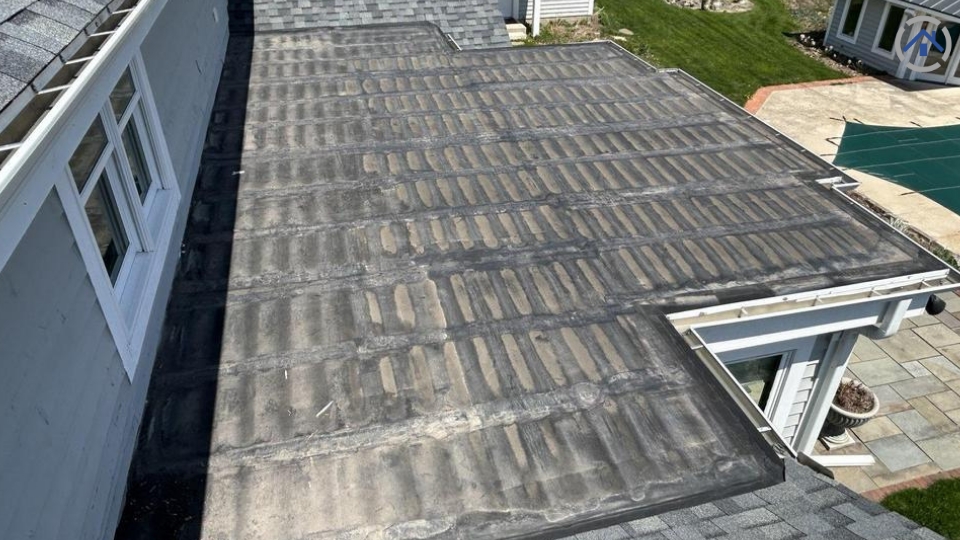
Considerations and Challenges
EPDM installation demands attention to detail during seam adhesion to maintain its waterproof properties. The installation method may also vary based on the building's design and substrate.
Durolast PVC and Mule-Hide EPDM roofing systems require skilled and experienced professionals for installation to ensure optimal performance and longevity. Consideration of the specific roofing project's requirements and the expertise of the installation team is crucial for a successful and durable roofing solution.
Weather Resistance
Durolast PVC roofing is designed to withstand extreme weather conditions. Its PVC composition provides excellent resistance to moisture, preventing water infiltration and potential damage caused by rain and snow.
The material's formulation includes UV stabilizers, offering enhanced protection against the sun's harmful rays. This UV resistance prevents degradation and ensures the roofing system's longevity in sunny climates.
Durolast PVC roofing has proven to be effective in Wisconsin's climate, where winters can be harsh and summers can be hot. Its resistance to temperature fluctuations, snow, and rain makes it a reliable choice for year-round protection.
Regarding the installation process and complexity of EPDM vs. PVC roofing systems, there are notable differences to consider.

EPDM Roofing Installation
EPDM roofing installation involves various methods, including fully adhered, mechanically attached, and ballasted systems. The choice of method depends on project requirements and building design.
Specific Considerations
During EPDM installation, seam adhesion must be given special attention to maintaining its waterproof properties. Sealing seams is crucial to prevent leaks and ensure the roofing system's effectiveness.
PVC Roofing Installation
Durolast PVC roofing systems are typically installed using heat welding, which fuses the seams for a seamless and watertight finish. This process ensures uniformity and minimizes the risk of leaks.
Specific Challenges
Heat welding installation demands skilled professionals experienced in PVC roofing installation. Ensuring the presence of adequately trained installers is vital to achieving a high-quality and effective roofing system.
Maintaining your roofing system is essential for its longevity and performance. Let's compare the maintenance needs of EPDM and PVC roofs.
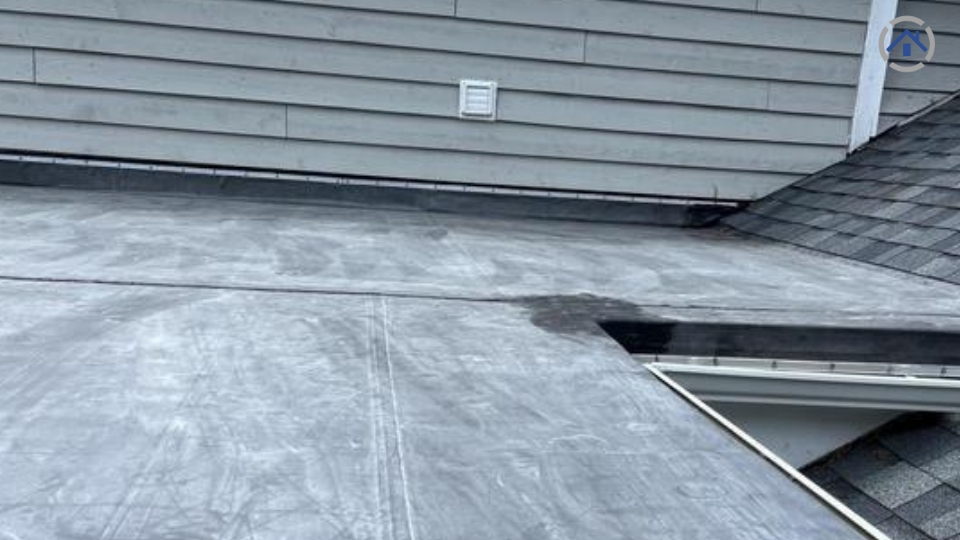
EPDM Roof Maintenance
EPDM roofs require minimal maintenance due to their exceptional weather resistance and flexibility. Periodic inspections are recommended to check for any signs of damage or wear, which can be addressed with timely repairs.
Common Maintenance Tasks
EPDM roofs may occasionally need seam re-adhesion or patching in the event of localized damage or punctures.
PVC Roof Maintenance
Durolast PVC roofs also have low maintenance needs thanks to their durable and weather-resistant properties. Regular inspections are beneficial to identify and address any potential issues proactively.
Common Maintenance Tasks
For PVC roofing, inspections primarily focus on checking the integrity of heat-welded seams. Ensuring proper sealing is essential to maintain the roof's watertightness.
Considering the cost implications of installing Durolast PVC and Mule-Hide EPDM roofing systems is crucial for making an informed decision.
Durolast PVC Roofing
The initial installation costs of Durolast PVC roofing may be higher due to the need for skilled professionals to perform heat welding for seamless seams. Additionally, the cost of PVC material itself can be relatively higher compared to EPDM.
Mule-Hide EPDM Roofing
EPDM roofing systems generally offer a more cost-effective initial installation. The flexibility of EPDM allows for various installation methods, reducing labor and material costs.
Durolast PVC Roofing
While the initial investment in Durolast PVC may be higher, its exceptional durability and resistance to weather elements can result in long-term cost savings. With minimal maintenance needs and an extended lifespan, the need for costly repairs or replacements is reduced.
Mule-Hide EPDM Roofing
EPDM roofing also offers excellent longevity and durability, leading to potential long-term cost benefits. However, its flexibility may require occasional maintenance to ensure proper seam adhesion.
Considering roofing materials' environmental impact and sustainability is essential in today's eco-conscious world.
Environmental Impact
EPDM is known for its relatively low environmental impact, as it is a synthetic rubber derived from ethylene and propylene. Its production involves fewer harmful emissions compared to some other roofing materials.
Recyclability
EPDM is recyclable, making it an eco-friendly choice. After its service life, EPDM roofing materials can be recycled and repurposed, reducing waste and contributing to sustainability.
Energy Efficiency
The energy-efficient properties of EPDM roofing, particularly its ability to reflect sunlight and reduce heat absorption, can contribute to lower cooling costs for buildings.
Environmental Impact
On the other hand, PVC roofing has raised environmental concerns due to the potential release of harmful substances during its production and disposal. Proper waste management and recycling practices are crucial to mitigate its environmental impact.
Recyclability
While PVC can be recycled, challenges may arise due to potential contamination from additives and coatings. Ensuring proper recycling facilities and methods is essential for maximizing its recyclability.
Energy Efficiency
PVC roofing's reflective properties can contribute to energy efficiency by reducing heat absorption and cooling costs.
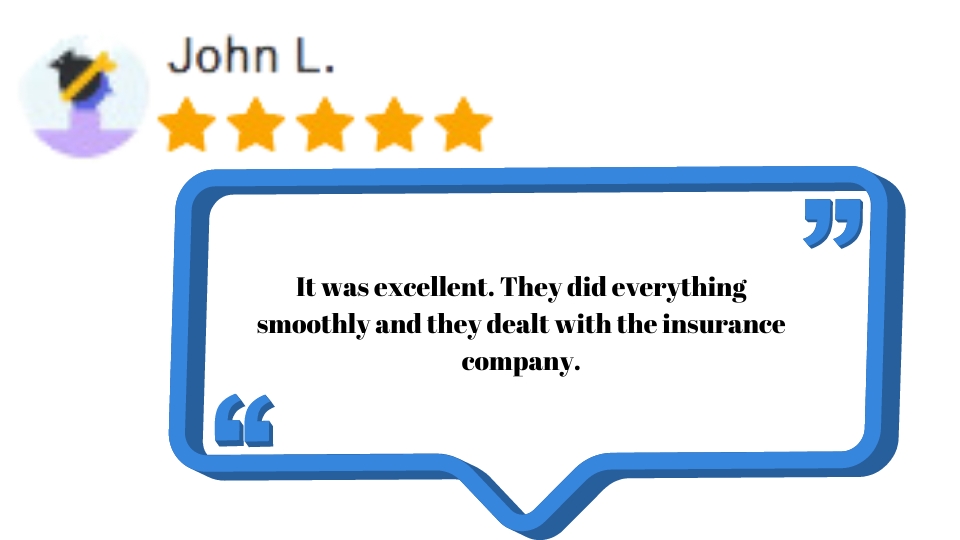

Conclusion
Both materials offer impressive advantages for flat roofing applications in the EPDM vs. PVC debate. EPDM excels in flexibility and cost-effectiveness, while PVC shines with its exceptional durability and heat-welded seams. Consider your specific roofing needs, budget, and environmental impact concerns to select the ideal solution for your flat roof. Whether you opt for Mule-Hide EPDM or Durolast PVC, both materials have proven their worth as reliable and high-performing choices for flat roofing projects
By thoroughly understanding the differences between EPDM and PVC, you can confidently make the right choice for your next roofing venture. Invest wisely in your flat roof and ensure years of protection and peace of mind.